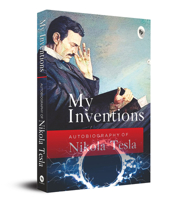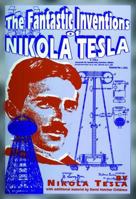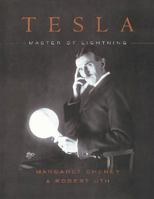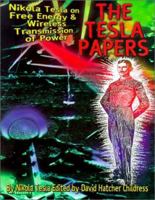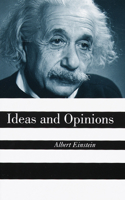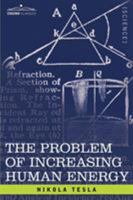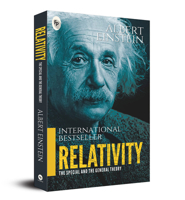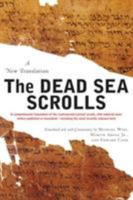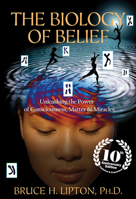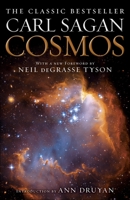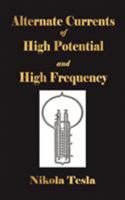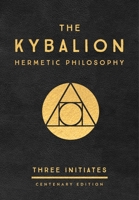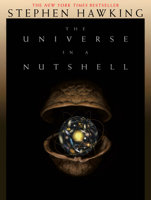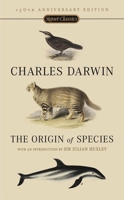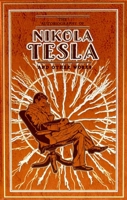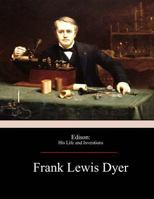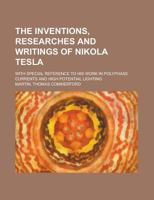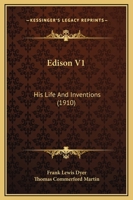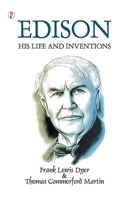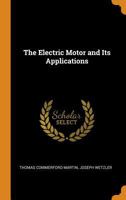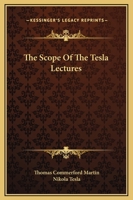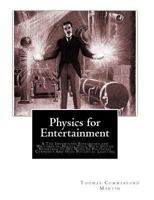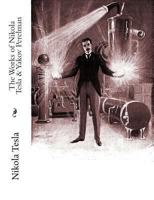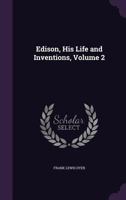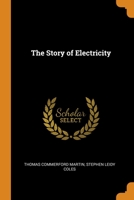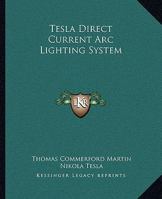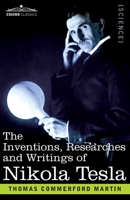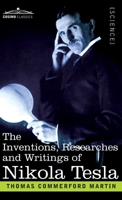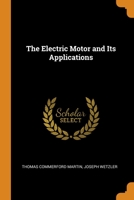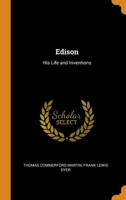The Inventions, Researches and Writings of Nikola Tesla
Select Format
Select Condition 
You Might Also Enjoy
Book Overview
Customer Reviews
Rated 4 starsBefore the cult --
When I was young I planned to write something along the lines of "an evaluation of Tesla's scientific contributions." Three things stopped me: 1) procrastination, 2) laziness, and 3) the impression that everyone who writes about Tesla will have a "kook" label stick to them for the rest of their lives. Why this is so is interesting, but first about the book. This is a reprint of one published a little more than a hundred...
1Report
Rated 5 starsRecord of a pioneering work
A volume that records the early pioneering work of an electrical genius and inventor, in the same platform of Thomas Edison and Charles Steinmetz, Guglielmo Marconi and George Westinghouse, though never as well known. It shows in great detail not only the works of Tesla's experiments, but will give the reader a glimpse of the amazing range of his thinking. From alternating curent generators to Unipolar generators (generators...
3Report
Rated 5 starsI thought it was wonderful
This book was so interesting. It gave a lot of information!
0Report















